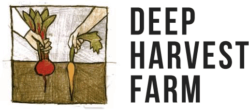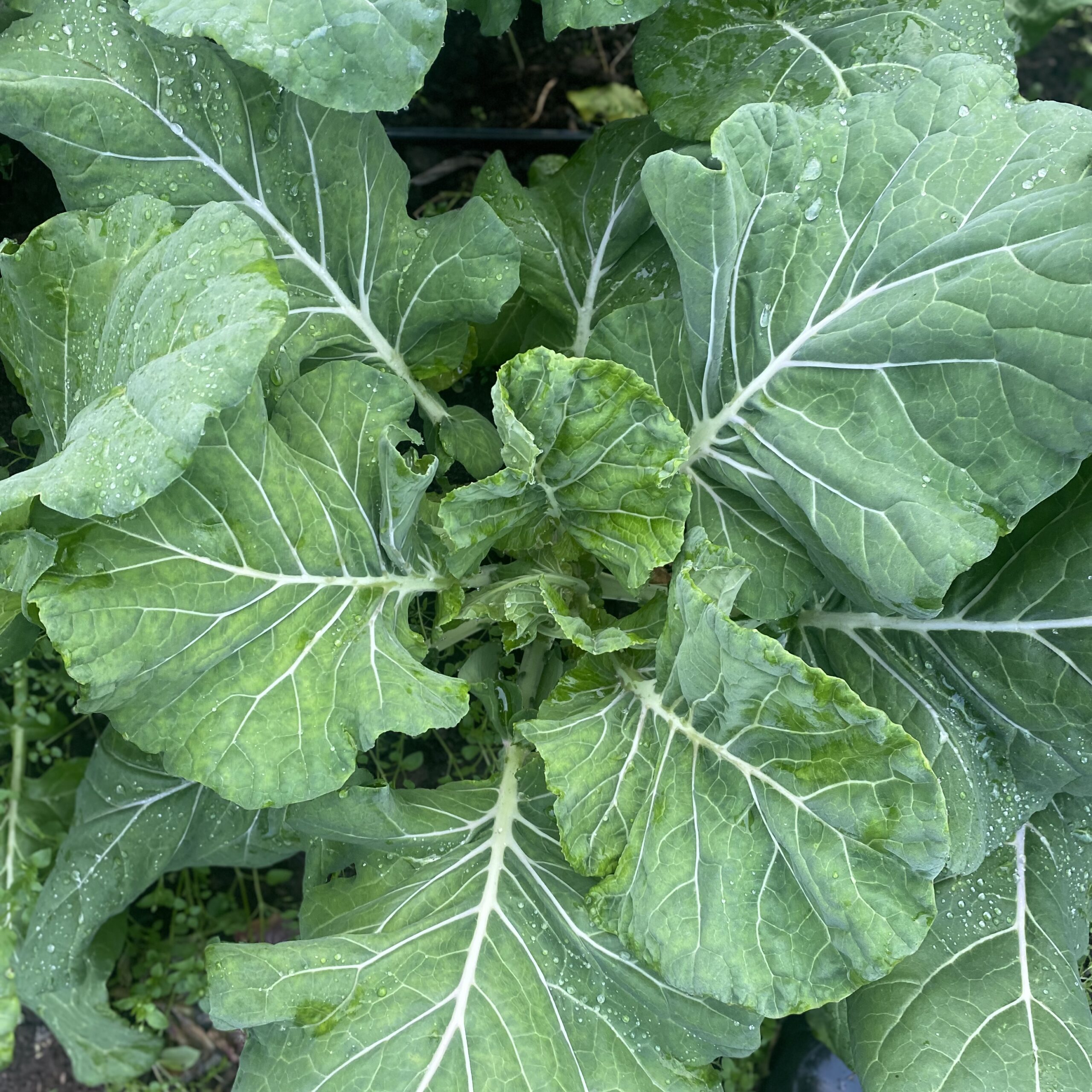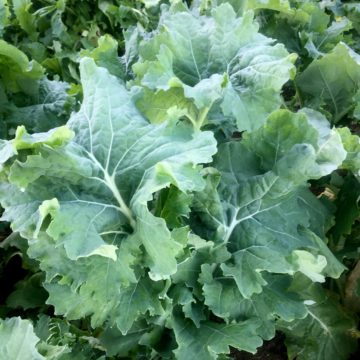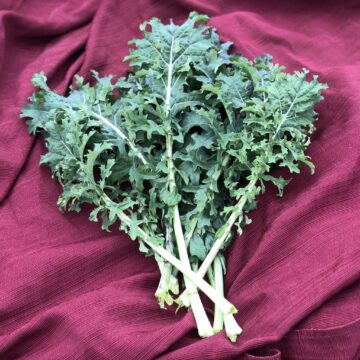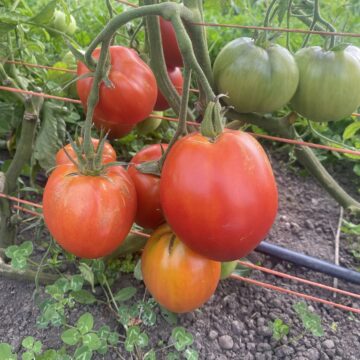Description
We’ve been skeptical of added a collard greens variety to our catalog, uncertain of how it’d be received outside its cultural epicenter of the South. While popularize by African Americans in Southern cuisine, collard greens are cousins to kale and cabbage and likewise thrive in our maritime Pacific Northwest.
Back in 2021, our friend Melony Edwards grew out 20 different collard varieties as part of the Heirloom Collards Project, a national cooperative geared toward restoring culinary tradition and seed stewardship around collard greens. We had the opportunity to tour her collard trials, marveling in the diversity of leaf shapes, colors and growth habits. Willis was the standout of the trial, demonstrating superior vigor, a diverse range of yellow-green to blue-green leaves, and green to pink midribs.
Naomi Willis of Rocky Mount, North Carolina stewarded this variety for years. In 1987 she donated seed to the Seed Savers Exchange, reporting that her grandmother grew Willis as far back as the 1920s. Naomi prepares the greens by cooking them in water with a piece of fat back or ham, seasoning them with hot pepper vinegar.
Days to Maturity: 65
Latin name: Brassica oleracea
Life cycle for Seed Saving: Biennial
Planting Instructions:
Direct sow or transplant Willis Collard Greens as soon as soil temps are above 45°. Seeding depth: ¼”. Seeding rate for baby leaf: 3-4 seeds/inch. If starting indoors, transplant at 12-18”. Row spacing: 18-30” for full size.
All of our seed is Non-GMO and Certified Organic by Washington State Department of Agriculture. We grow the majority of our varieties here at Deep Harvest Farm on Whidbey Island while purchasing the rest from other small, organic Northwest seed growers. Finally, all of our offerings are open-pollinated (OP) so that you too can save and share seed from these plants!
